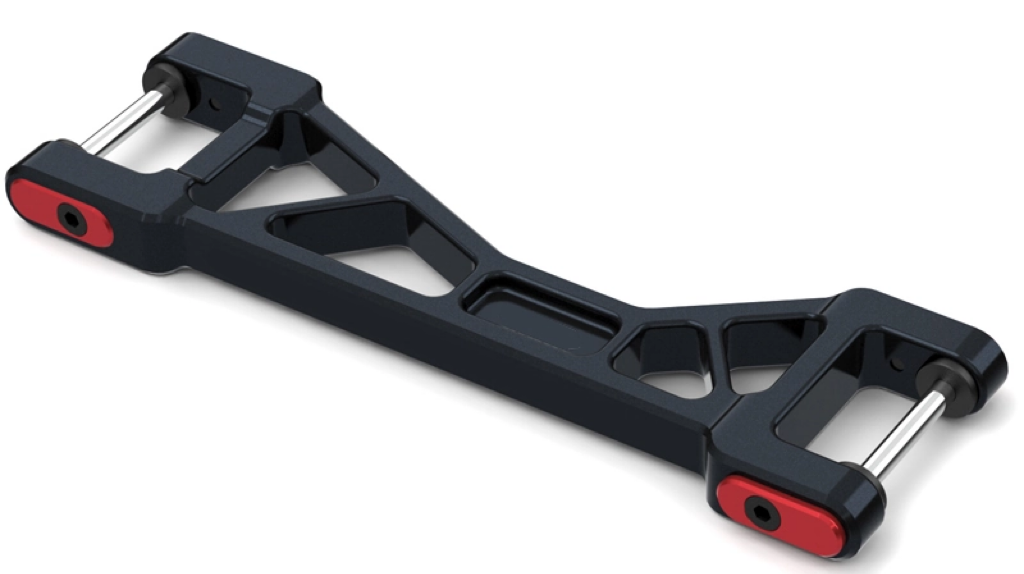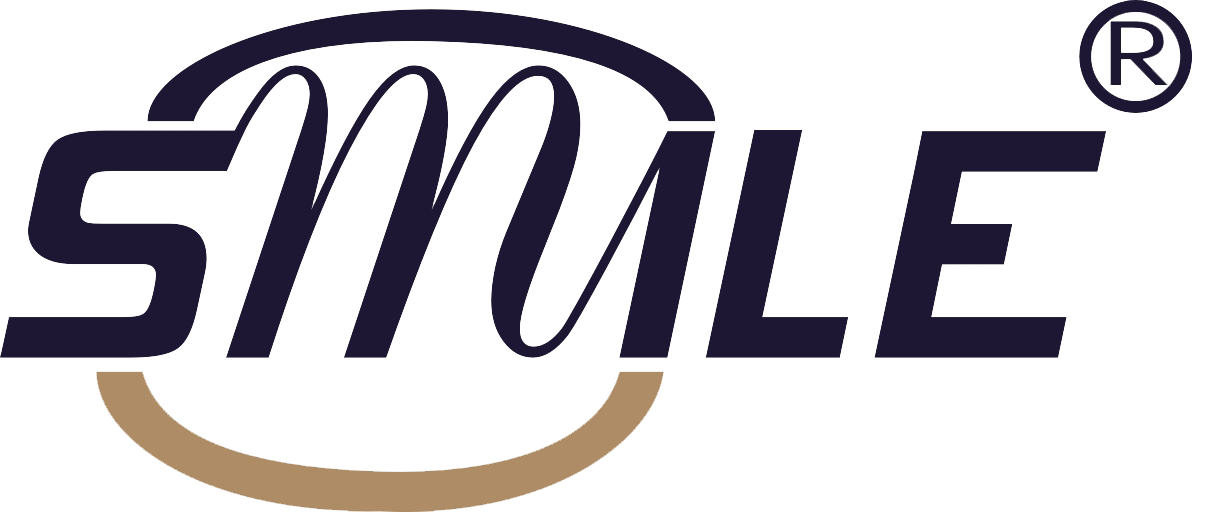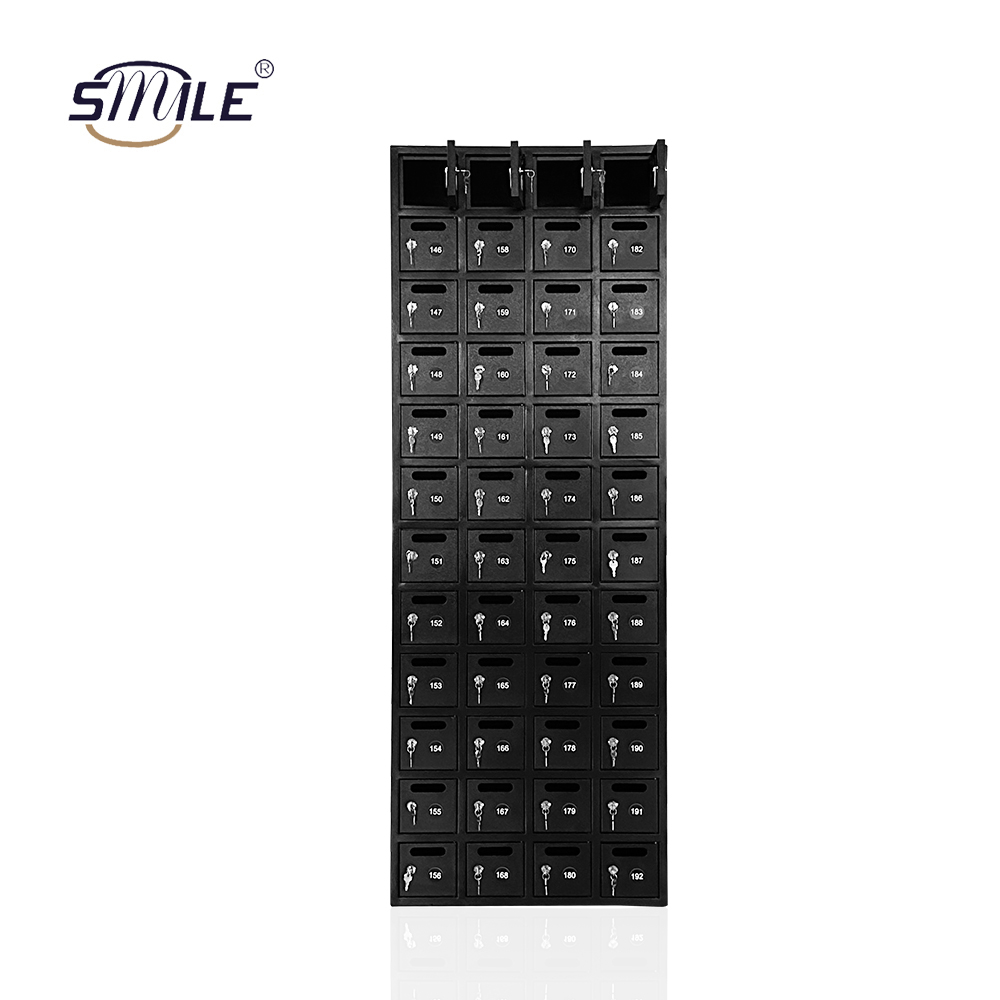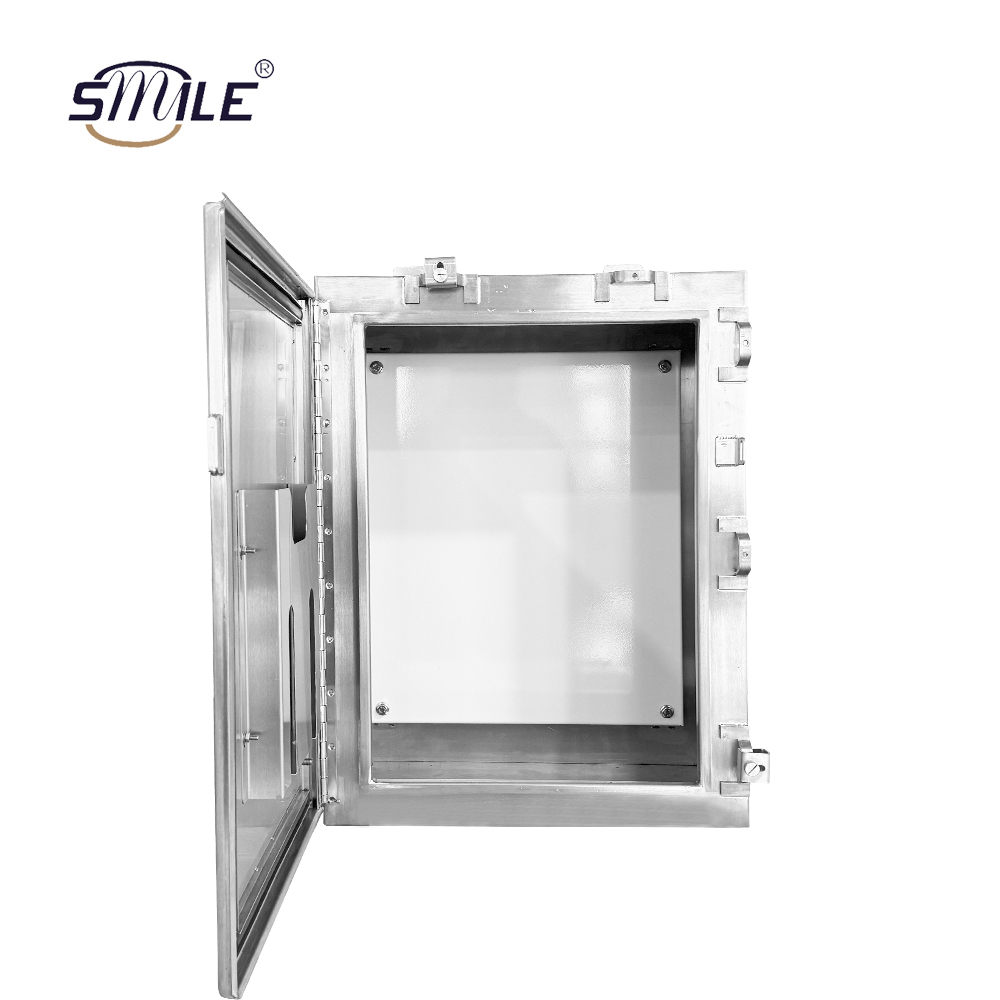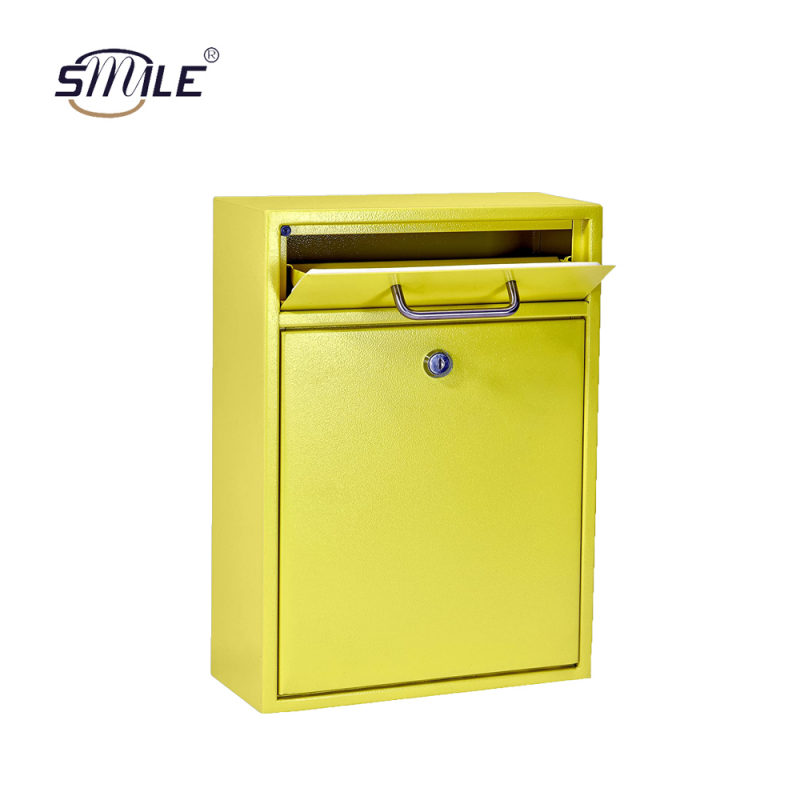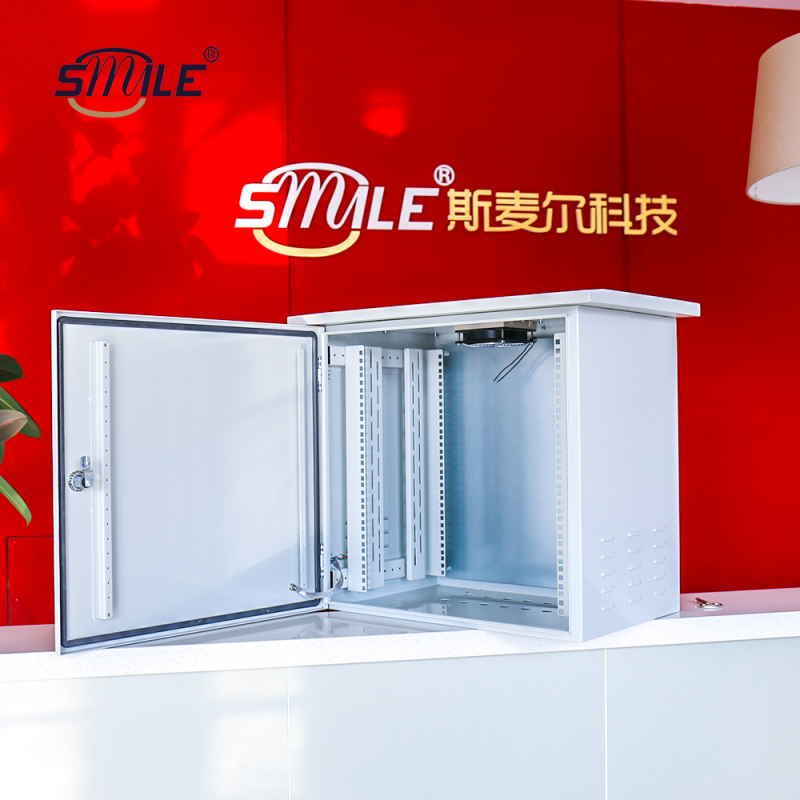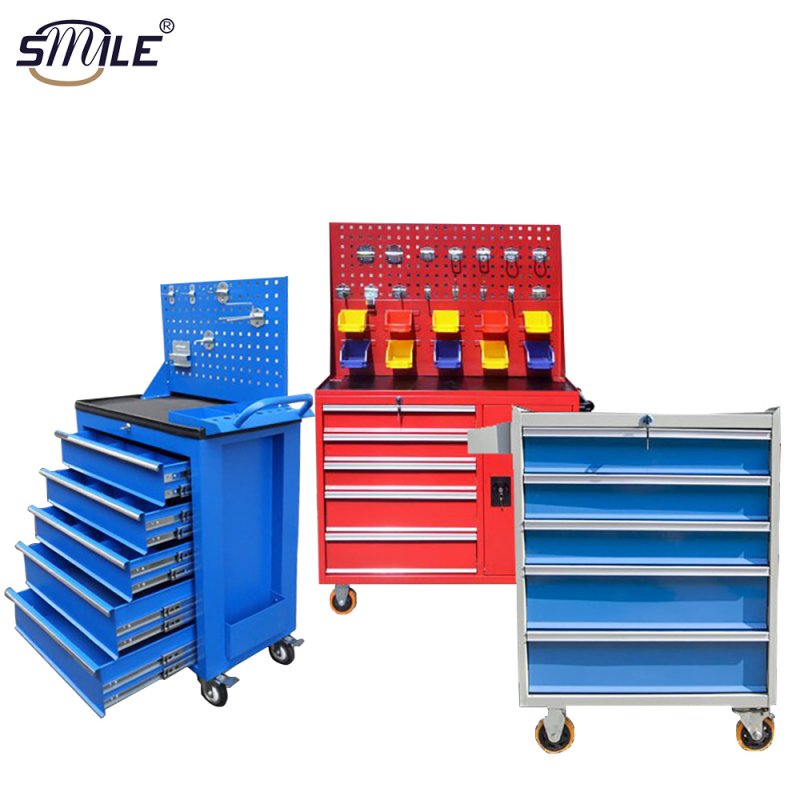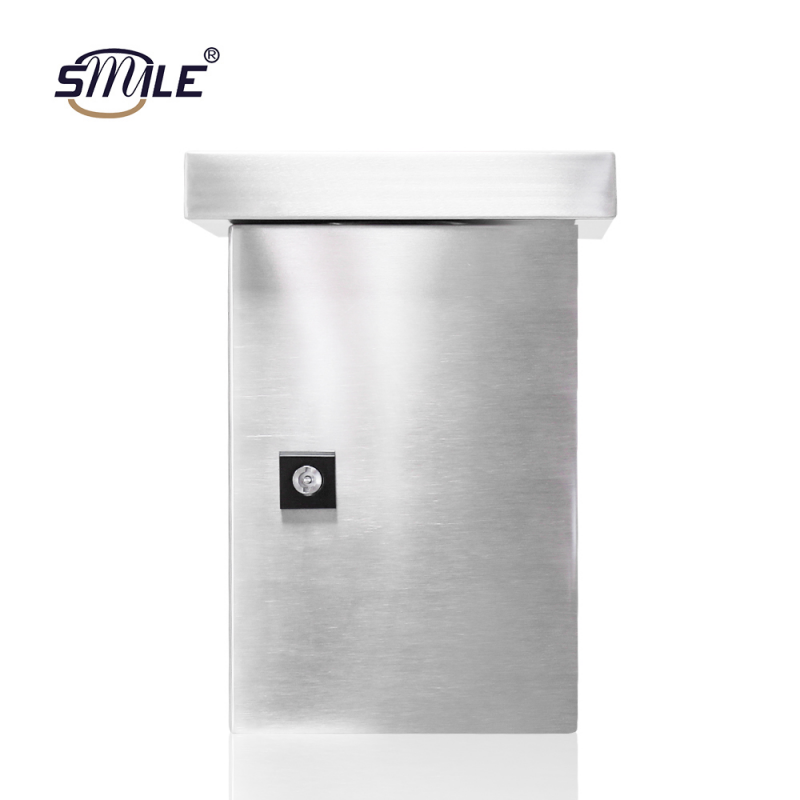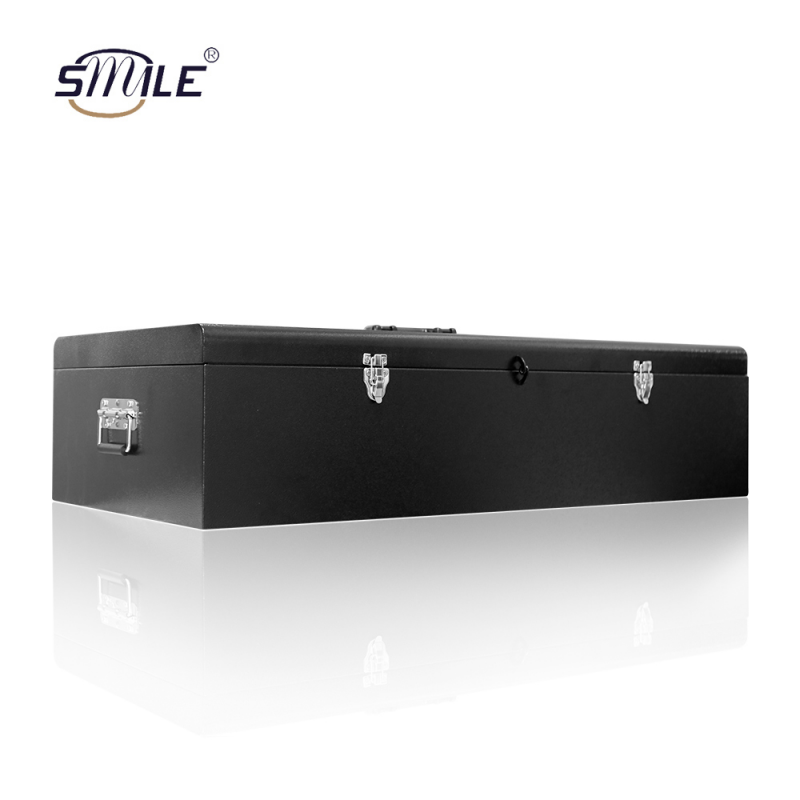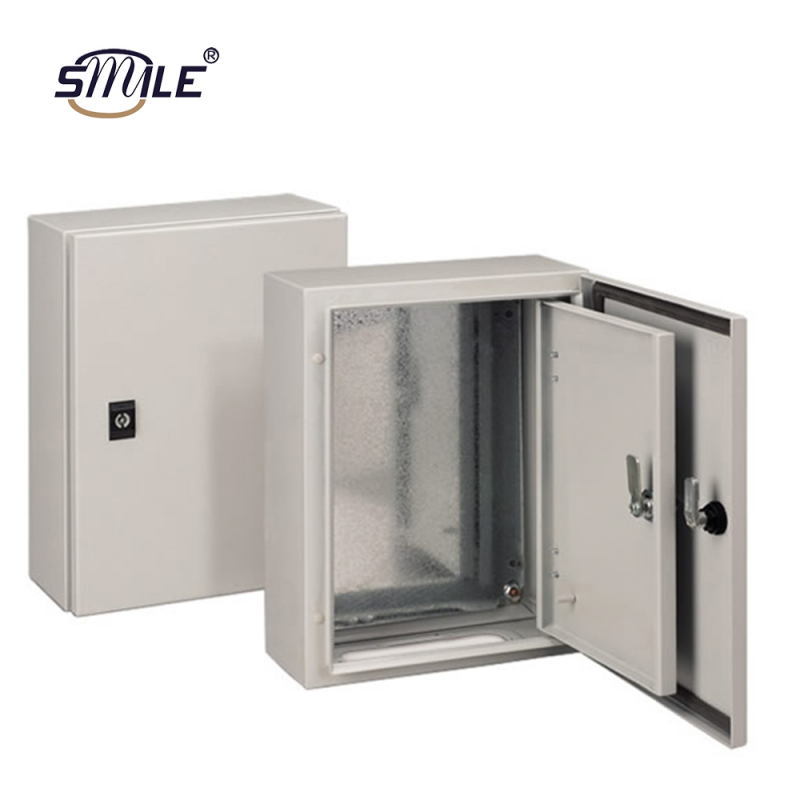In the vast field of modern industry, sheet metal always holds a pivotal position. As a highly flexible and practical material processing method, sheet metal is widely used in various industries. From automobile manufacturing to electronic equipment, from aerospace to architectural decoration, sheet metal is everywhere. The surface treatment of sheet metal endows sheet metal with unique charm and excellent performance and becomes a key link in realizing CHNSMILE customization. The processing process of sheet metal is complex and refined. Through processes such as cutting, bending, and stamping, metal plates are shaped into various shapes and sizes of parts. However, simply completing the basic processing of sheet metal is far from enough. Surface treatment is an important step in improving the quality of sheet metal. This crucial link for sheet metal can bring many advantages to sheet metal products and provide unlimited possibilities for CHNSMILE customization. Generally, there are the following common methods for sheet metal surface treatment:
I. Powder coating
Powder coating is a common and efficient sheet metal surface treatment method. Through the principle of electrostatic adsorption, plastic powder is evenly sprayed on the surface of sheet metal and then cured at high temperature to form a solid and beautiful protective layer. The sheet metal after powder coating not only has good corrosion resistance but also can present rich and diverse colors to meet the individualized needs of different customers. Among many industrial products and household items, the sheet metal treated with powder coating shows unique charm.
1. Principle:
Use an electrostatic generator to charge the plastic powder and adsorb it on the surface of the sheet metal part. Then, through high-temperature baking, the powder melts, flows flat, and solidifies to form a hard plastic coating on the surface of the sheet metal.
2. Advantages:
① Rich in colors. Various colors can be customized according to customer needs to meet customer's individualized customization requirements. ② The coating has good corrosion resistance, wear resistance, and weather resistance, and can protect sheet metal parts from erosion by the external environment. ③ Simple construction and relatively low cost provide feasibility for large-scale customization
3. Application scenarios:
Widely used in fields such as electrical enclosures, mechanical equipment enclosures, and office furniture.
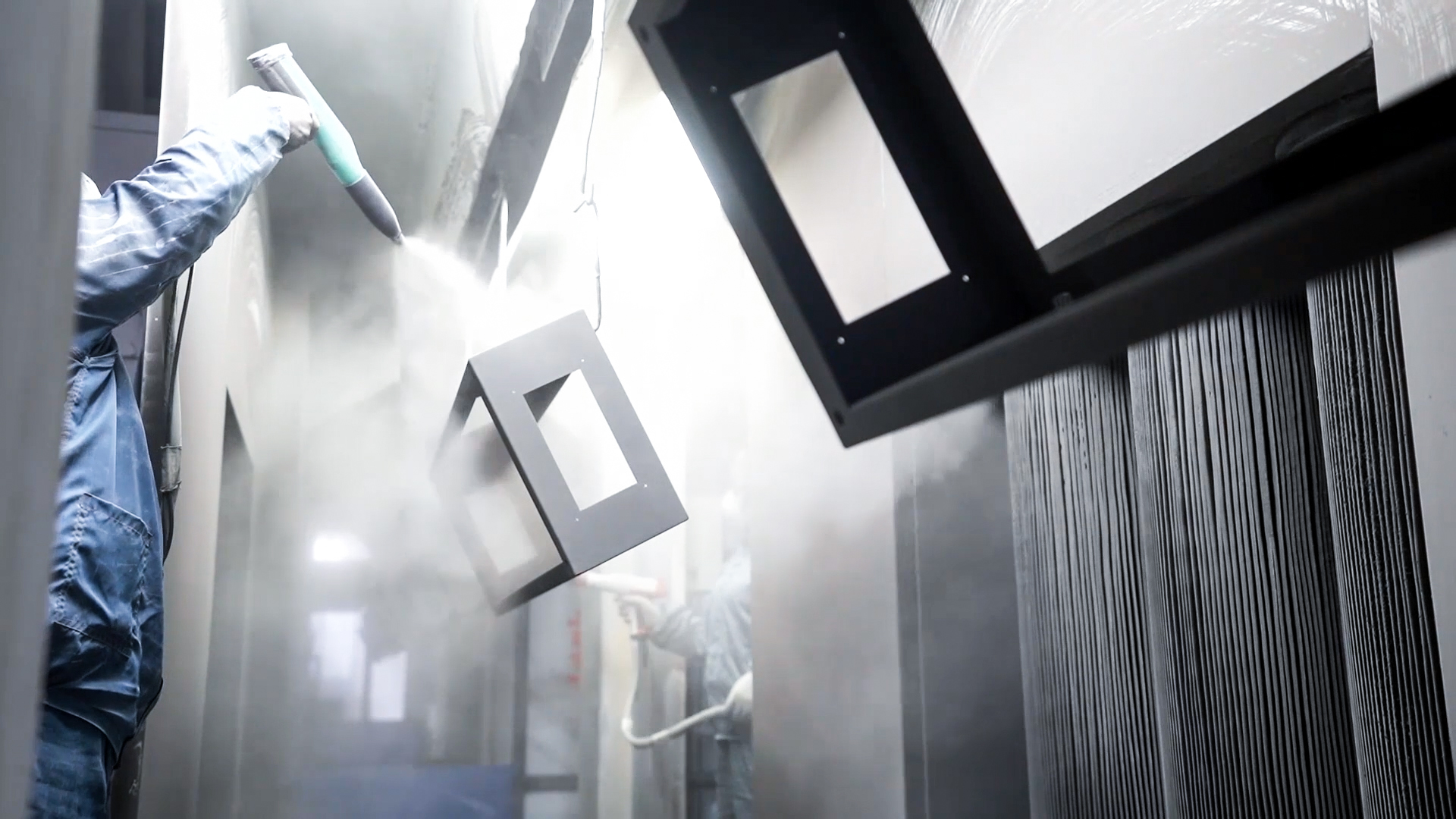
II. Painting
Painting is also one of the important means of sheet metal surface treatment. Professional painting technology can make the sheet metal surface obtain a smooth and uniform coating and can achieve various special effects, such as the texture of metallic paint and the sparkle of pearlescent paint. For products that pursue high-quality appearance, sheet metal after painting is undoubtedly the best choice. The painting link in surface treatment adds artistic atmosphere and visual impact to customized sheet metal.
1. Principle:
Atomize the paint through a spray gun and spray it on the surface of the sheet metal part to form a uniform coating. The paint can be solvent-based paint, water-based paint, or powder paint.
2. Advantages:
① Various complex colors and effects can be achieved, such as metallic paint and pearlescent paint. ② The coating has good decorative and protective properties. ③ Suitable for sheet metal parts of various shapes and sizes.

3. Application scenarios:
The shells of transportation tools such as cars, motorcycles, and bicycles; the surface treatment of products such as furniture and electrical appliances. III. Galvanizing
Galvanizing is a surface treatment method that provides strong corrosion resistance protection for sheet metal. Whether immersing sheet metal in molten zinc liquid or using the electrogalvanizing method, a solid zinc alloy coating can be formed on the surface of sheet metal. This coating can effectively resist the erosion of sheet metal by harsh environments such as moisture, acids, and alkalis and greatly extend the service life of sheet metal products. In the fields of construction, machinery, etc., galvanized sheet metal plays an important role, and the galvanizing process in surface treatment is even more indispensable.
1. Principle:
Immerse the sheet metal part in molten zinc liquid to form a zinc alloy coating on the surface of sheet metal. Or use the electrogalvanizing method, take the sheet metal part as the cathode, and pass electricity in the electrolyte containing zinc ions to make the zinc ions be reduced and deposited on the surface of sheet metal to form a coating.
2. Advantages:
① It has good corrosion resistance and can protect sheet metal parts in harsh environments. ② The zinc layer has a certain hardness and wear resistance. ③ Relatively low cost.
3. Application scenarios:
Steel structural parts in fields such as construction, machinery, and power; products such as hardware tools and fasteners.
